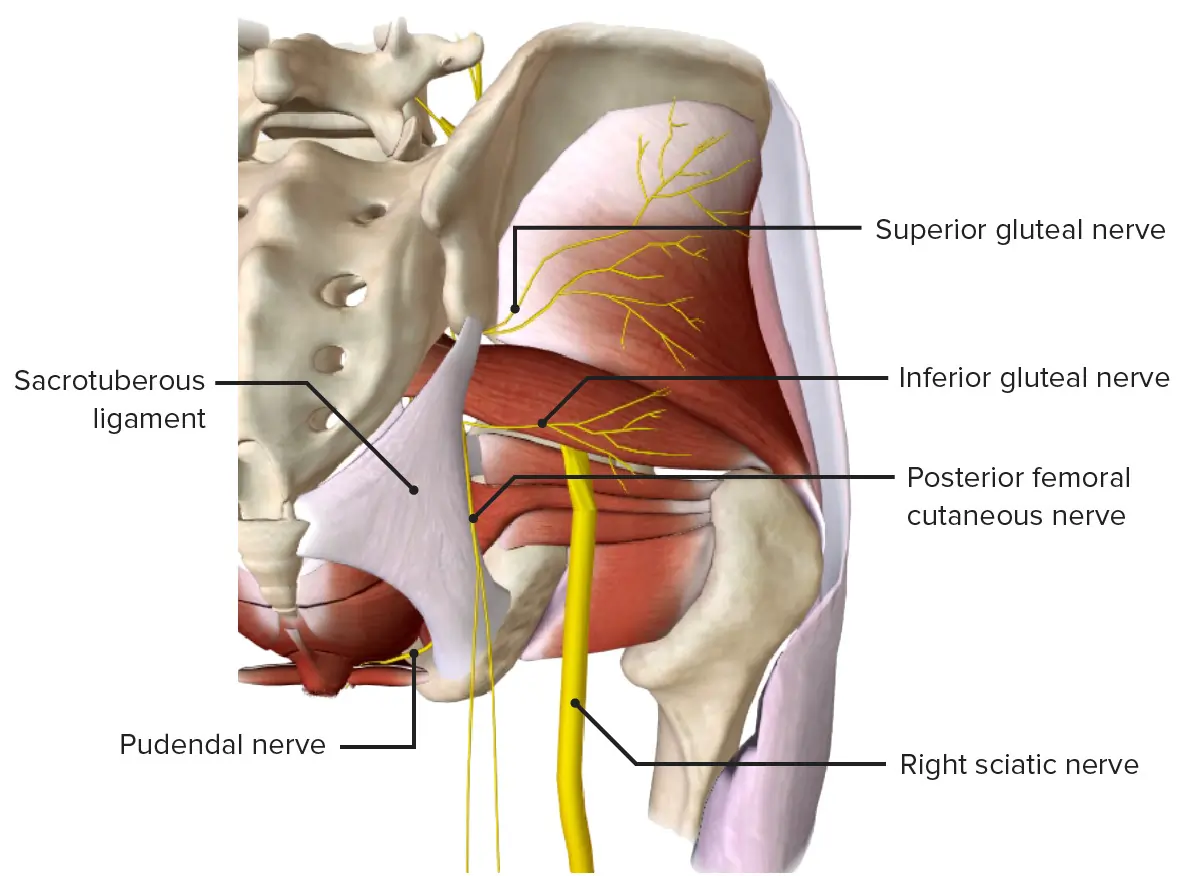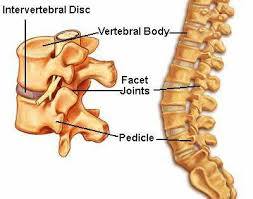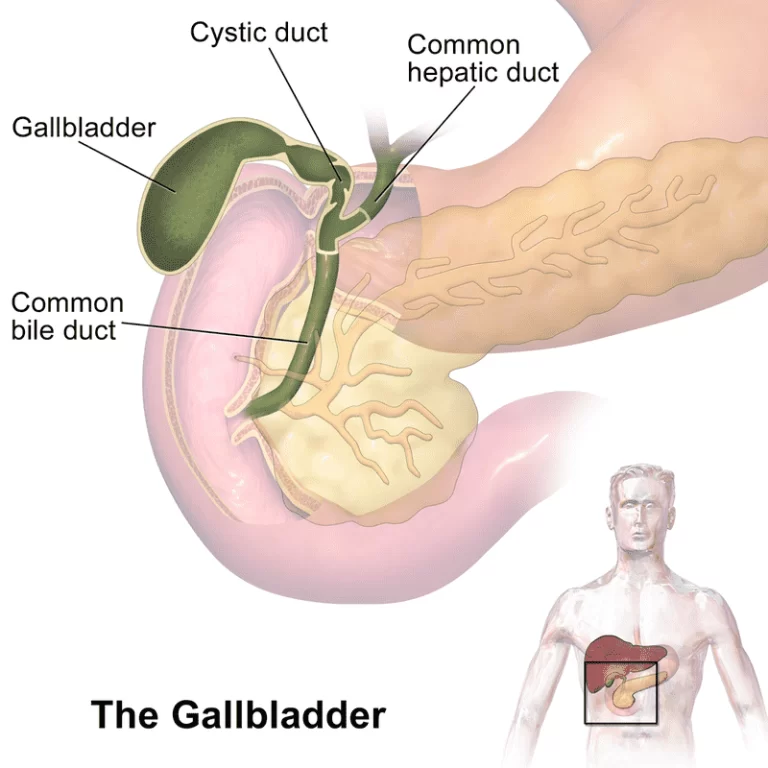Superior Gluteal Nerve: Origin, Course, Function
The superior gluteal nerve is a nerve that arises from the pelvis through the sacral plexus, which is formed by posterior (dorsal) division of anterior rami L4-S1. This nerve supllies the gluteus medius, the gluteus minimus, the tensor fasciae latae, and the piriformis muscle. It is a branch of Gluteal nerve which divided into superior and inferior gluteal nerve.
Table of Contents
Anatomy of the nerve:
It is arises through sacrak plexus from the posterior divisions of L4, L5 and S1. It is passes the pelvis through the greater sciatic foramen above the piriformis muscle. This nerve is go along with with the superior gluteal artery and the superior gluteal vein.
Course of the nerve
When the nerve passing from the pelvis, it enters into the gluteal region and curl up over the inferior border of the gluteus minimus. Then nerve then runs anteriorly and laterally in a space between the gluteus medius and gluteus minimus muscles.
Function of the The superior gluteal nerve:
This nerve supplies the
- tensor fasciae latae muscle
- gluteus minimus muscle
- gluteus medius muscle
- piriformis muscle
Clinical importance:
Superior gluteal nerve injury:
When superior gluteal nerve injured or damaged which leads to weak abduction in the affected hip joint. This affected your gait cycle called Trendelenburg gait. If your positive Trendelenburg’s sign the pelvis droop toward the normal unsupported side during the swing phase of gait.
If this nerve damage bilaterally there is waddling gait pattern seen.
There is also risk of superior gluteal nerve damaged during intramuscular injections and nephrectomy (surgery to remove a kidney).







